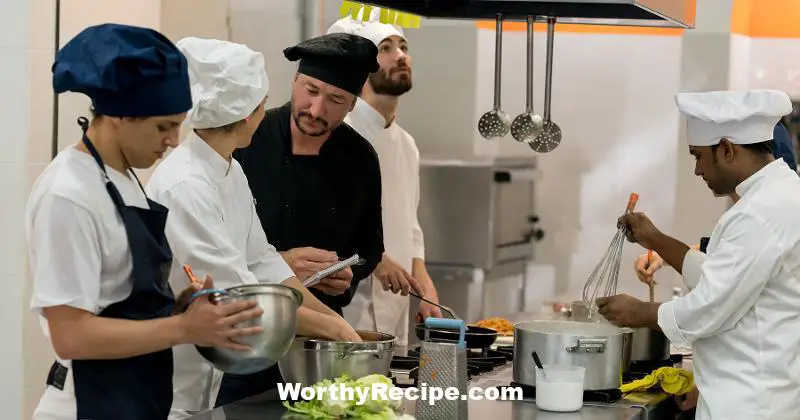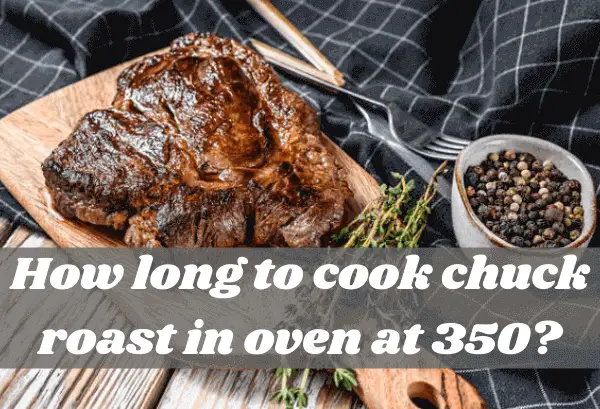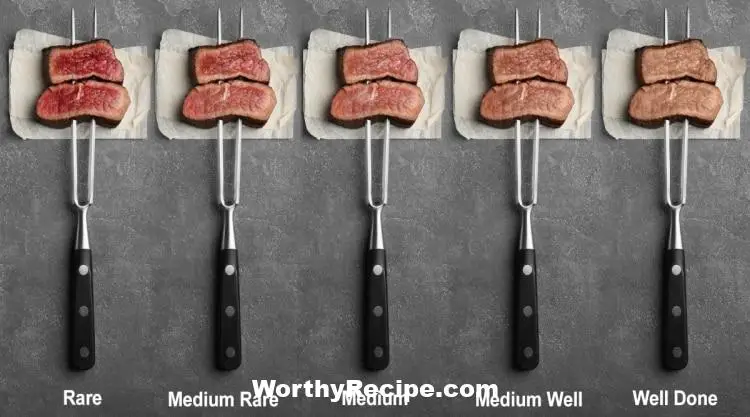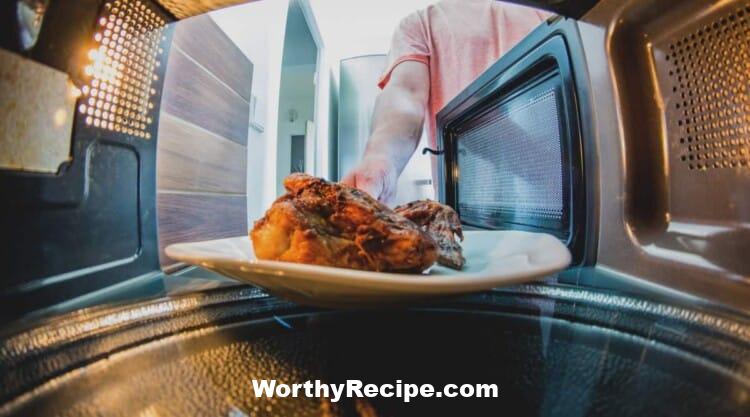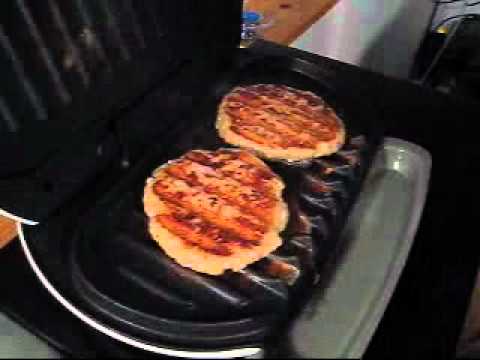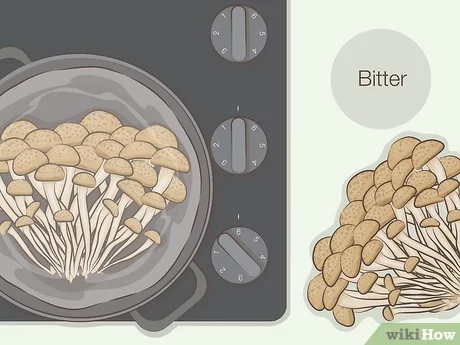What Do Line Cooks Wear: Finding the Perfect Outfit for Kitchen Life
Whether you are a seasoned professional, a culinary student, or a novice home cook, the importance of proper kitchen attire cannot be overstated. The right outfit not only enhances safety and sanitation but also promotes professionalism and productivity in the kitchen.
Introduction
In this article, we will explore the history of cooking attire and its evolution to modern standards. We will also provide guidance on selecting the perfect uniform pieces to enhance your experience as a line cook. Additionally, we will touch upon dress codes and other expectations unique to different types of culinary environments, along with cultural influences that may impact your wardrobe choices.
History and Evolution of Cook’s Clothing
Chefs’ clothing has a long and interesting history stemming from practicality, hygiene, and fashion. Originally, it served to protect clothing from grease and food stains while keeping chefs cool in hot kitchens.
The traditional “Toque Blanche,” or white chef’s hat, began as an all-white head covering in the early 19th century. Its tall structure later came to signify seniority among chefs’ ranks as it made them more visible through a crowded kitchen by displaying their height.
As cooking techniques evolved during the mid-twentieth century, so did chef’s clothing. Many chefs adopted an all-black look commonly associated with Parisian bistros as it gave off a chic look while hiding inevitable stains.
Today’s chef’s uniform goes beyond tradition and includes elements that promote safety against hazardous equipment or hot temperatures while maintaining good hygiene practices.
Standard Uniform Guidelines for Line Cooks
A standard line cook uniform includes several essential elements that help keep cooks safe, clean, and comfortable throughout a long day in the kitchen. By following strict dress code guidelines, line cooks can ensure their attire meets industry standards and specific restaurant protocols.
The standard uniform for a line cook includes:
- Chef coat
- Chef pants
- Hat or head covering
- Nonslip shoes
Chef Coat
The chef coat remained a staple in today’s standardized uniform due to it being flame-resistant, stain-resistant, and shield from hot oils and liquids. It measures at least hip-length to mid-thigh, and the fit is typically loose to allow airflow. The coat also has limited pockets to prevent contamination from exposed objects such as pens or cellphones.
Chef Pants
Chef pants are typically black-and-white checkered, comfortable, and non-restrictive for movement while standing or crouching. They are also usually high-waisted to cover the midriff completely. Likewise, they help prevent burns in case of spills and minimize the chances of substances splashing perilously close to a cook’s skin.
Hats or Head Coverings
Traditionally, chefs wore towering hats as a way of establishing their seniority among peers. However, today’s modern kitchens follow more hygienic options like bandanas, skullcaps, or Snoods. Whatever style chosen needs to be worn completely over hair and not tucked underneath the uniform.
Nonslip Shoes
A significant concern when working in a busy kitchen, slips and falls are real risks that could cause injury. Nonslip shoes help keep cooks upright when juggling multiple tasks simultaneously in sometimes slippery conditions.
Materials, Fabric, and Brand Choices
Not every type of clothing is suitable for the rigors of a kitchen environment. For example, you’ll want to choose something durable and breathable that can withstand frequent washing, constant exposure to heat, and gruesome spills.
Furthermore, different types of clothing materials have unique features that could benefit professionals. Some chef wear brands specialize in creating clothing that presents a sleek look while being heavy-duty.
Choosing Materials
The best uniform materials are typically non-stick, stain-resistant fabrics like ripstop cotton or polyester blends. High-quality materials can make a significant difference because they preserve the appearance of the uniform while simultaneously providing safety, comfort, and flexibility for kitchen staffers.
Popular Brands
- Happy Chef
- Chefwear
- Denny’s Uniforms
- Dickies Chef
- Cherokee Workwear . . .and many more.
Unique Material Qualities
Some welding jackets or aprons may include flame-retardant material to protect cooks from possible flash flames common in a commercial kitchen when handling gas grills or fire tables.
Accessorizing for Comfort and Safety
In addition to the standard uniform items, various accessories help line cooks stay safe and comfortable during long hours in hot kitchens.
Additional Accessories Beyond Basic Attire:
- Oven mitts/gloves
- Towels
- Apron
- Safety goggles/glasses
- Bandana/Skullcaps
- Headbands
Safety Equipment
Cooking in a busy kitchen environment requires awareness of various hazards, including hot surfaces or spilled substances, making goggles and gloves instrumental safety gear.
Additional Comfort Items
Suppose you have to prepare meals over extended hours, which tends to be the case for line cooks. In that case, comfort items like headbands and aprons with adjustable ties help reduce uncomfortable sweating while keeping hair, sweat, or other particles from entering meals.
Dress Codes and Expectations by Restaurant Type
While the standard dress code provides a baseline for uniform attire, an individual employer could have a unique and specific uniform expectation when it comes to appearance. For example:
Fine Dining vs. Casual Restaurants
Fine dining establishments have more formal dress codes to match their ambiance. Expect kitchen staff uniforms to reflect no less than business-casual attire and tidiness with complete uniform clothing. Meanwhile, casual restaurants tend to have more relaxed dress codes that focus merely on matching dress codes outside of work (like jeans).
Types of Specific Expected Dress Code from Each Employer
- Black-apron and white-jacket/ white-colored apron and black jacket
- Casual class sports club- golf shirts, khakis pants, and closed-toed shoes
- Fitness-Themed Eateries- Athletic Apparel like branded gym shirts/Shorts
Cultural Influences on Kitchen Uniformity
Cultural influences can also impact what kitchen staff wear in different parts of the globe. Understanding how cultures perceive food service can help reveal why their apparel choices might be different from other countries’ attire standards.
Regional Differences in Attire Choices
For example, many Korean cooks resort to donning blue shoe covers as it relates to the country’s emphasis on cleanliness and hygiene. In contrast, Indian kitchen uniforms often include a more traditional Kurta with loose pants, which portrays modesty and serves to keep one comfortable in hot weather.
Historical Significance of Certain Kitchen Attire in Different Cultures
The kilt-like wrap-around skirt or “Marmotte” worn by French chefs in the south of France historically dates back to Roman soldiers and eventually evolved into what it is today for more comfortable movement in the kitchen environment.
Building Your Own Personalized Line Cook’s Wardrobe
Beyond adhering to standard dress codes explicitly outlined by employers, some flexibility exists in creating a personalized wardrobe that suits unique tastes and comfort levels. By incorporating personal touches into his clothing selection, lines “cooks can enhance their confidence while working long hours in humid environments.
Identifying Your Own Personal Needs
Some questions to ask yourself when considering personalizing a uniform include:
- How do I feel most comfortable working?
- What type of materials am I willing to wear for an extended period?
- What type of color or style makes me feel more confident?
- How vital is the ability to add accessories for me?
The Importance of Investing in Quality Pieces
In addition to personalizing individual outfits, investing in quality pieces ultimately helps line cooks perform better and preserves your uniform’s durability despite daily wear-and-tear. Seek reviews for top uniform brands by considering below:
- Quality
- Durability
- Comfort
- Suitability for the kitchen environment
Creating a List of Ideal Wardrobe Items
- At least two pairs of black and white checkered pants.
- A minimum of three chef coats, preferably with a flame-resistant and wrinkle-resistant build.
- A nonslip, closed-toe shoe with an easy-to-clean exterior.
- Sufficient head covering for lengthier shifts.
Tips on Proper Uniform Maintenance
No matter what type of attire or accessories are incorporated into your kitchen wardrobe, proper care and maintenance are necessary for longevity and functionality.
Best Practices to Extend the Life and Quality of Your Kitchen Clothes.
- Avoid bleach or softeners as they can degrade the non-stick coating on uniforms.
- Wash garments inside out at low or cold temperatures and separate from personal clothes to reduce stains and modify elastic wears while keeping buttons intact.
- Hang dry all items instead of using heat, which can lessen the lifespan of clothing articles.
Recommended Methods for Washing and Treating Your Uniforms.
Cleaning varies from one brand to another based on fabric composition and manufacturer recommendations; following such guidelines will help ensure that the uniform maintains its shape and quality in the long run.
Suggested Tools to Prolong Longevity.
- Bleach alternatives like vinegar (which can also help eliminate odor and stains)
- Specialized stain removers to pre-treat problematic spots before washing
- Wrinkle-reducing sprays or non-drying ironing sprays that leave clothes with a durable sheen while remaining wrinkle-free.
Conclusion
The perfect kitchen attire is essential for both safety and professionalism in any culinary environment. Efficient outfit choices are typically comprised of standard uniform pieces, additional comfort items, and employer-specific add-ons. With a focus on personalizing clothing while adhering to industry standards and maintaining proper care, line cooks can develop the perfect wardrobe that reflects their personality and aids in safe, enjoyable, and productive work environments.
What Do Line Cooks Wear?
Line cooks are integral parts of any restaurant kitchen, and their physical appearance plays a significant role in maintaining a professional standard. Here are the top five questions regarding what line cooks wear:
1) Is there a specific dress code for line cooks?
Yes, most restaurants have a specific dress code for their kitchen staff, including line cooks. This may include a kitchen uniform or chef’s coat and black or khaki pants. Some restaurants may require slip-resistant shoes to reduce the risk of falls in the kitchen.
2) Are jewelry and accessories allowed while working as a line cook?
No, most restaurants prohibit jewelry and accessories while working as a line cook to maintain hygiene standards and prevent contamination during food preparation. However, simple wedding bands or medical alert bracelets may be allowed.
3) What materials and fabrics are used for chef coats?
Chef coats are typically made of lightweight, breathable materials like cotton or polyester blends. These materials are easy to clean, wrinkle-resistant, and offer moisture-wicking properties to keep the wearer cool in a hot kitchen environment.
4) Are hats necessary for line cooks?
Yes, hats or hair nets are typically required for line cooks to keep their hair from falling into food or onto work surfaces. These hats may be provided by the establishment or purchased by the employee.
5) Do line cooks wear aprons?
Yes, aprons are frequently worn by line cooks to protect their clothing from spills and stains while working with hot oils and sauces. Aprons may be short waist aprons or full bib aprons depending on the preference of the individual cook.
In conclusion:
The dress code for line cooks may vary slightly from one restaurant to another, but the general standard includes a chef coat, black pants, slip-resistant footwear, and hats. Jewelry and accessories are typically prohibited to prevent contamination, and aprons are commonly worn for protection. Ultimately, the goal is to maintain a clean and professional appearance while working in a fast-paced kitchen environment.
